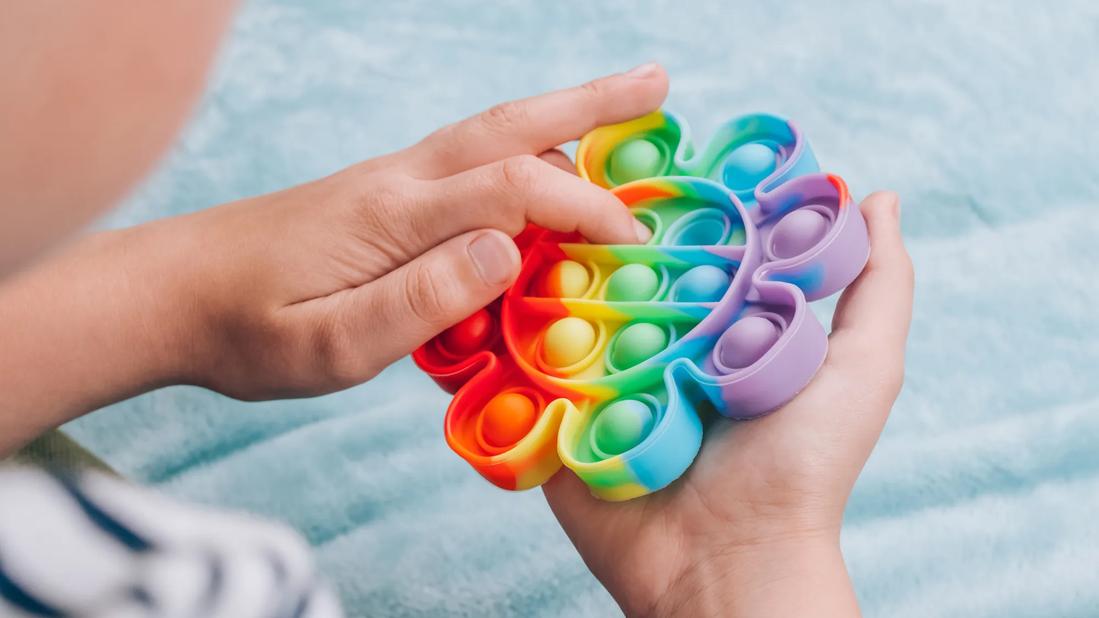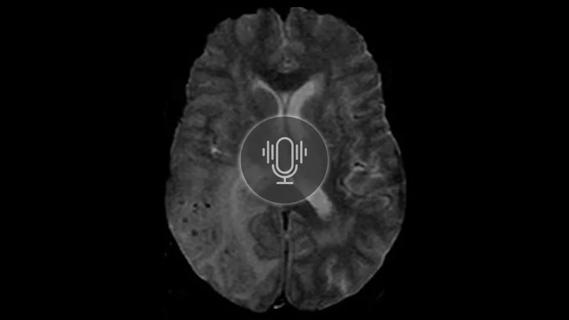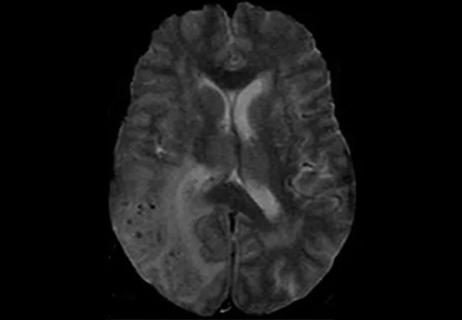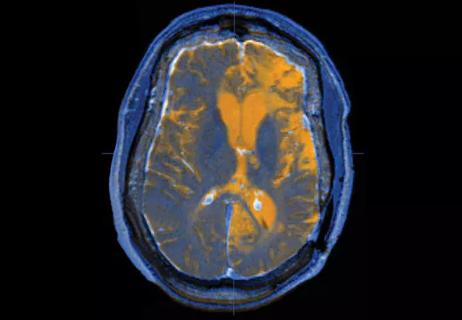Training, tools and resources lead to safer, more compassionate care

Neither a diagnosis nor a disease, neurodivergence is simply a way to describe people who experience variations in brain function.
Advertisement
Cleveland Clinic is a non-profit academic medical center. Advertising on our site helps support our mission. We do not endorse non-Cleveland Clinic products or services. Policy
“Neurodivergence isn’t a difference in brain physiology,” explains Lori Matich, MSN, RN, NE-BC, Senior Director of Nursing at Cleveland Clinic Tradition Hospital in Port St. Lucie, Florida. “Rather, the term describes differences in how people process information.”
Autism spectrum disorder, attention-deficit hyperactivity disorder and dyslexia are among the conditions associated with neurodivergence. As a result, patients with neurodivergence may present with unique medical needs. For example, patients might experience sensory challenges like hypersensitivity to light, sound or touch; communication problems; and behavioral challenges, including unregulated emotions and an insistence on routine. Even basic interactions like requesting a glass of water or showing a provider where something hurts can be fraught.
“We’ve always been able to manage these patients’ medical needs, but we’ve found that — in order to provide a compassionate and safe environment — we must step back a bit,” Matich explains. “It’s important to understand how to address any problems that can lead to communication deficits, stress and distrust.”
To that end, Matich and her nursing staff turned to Travis Haycook, PsyD, ABD, who, as Assistant Director of Cleveland Clinic Children’s Autism Development Solutions, has almost 30 years of experience working with children with autism.
“Travis came in and helped us learn how to meet these patients — both children and adults — on their own level, in a way that promoted trust and understanding,” Matich says.
Advertisement
One of the first points Haycook emphasized was the importance of reducing sensory overload and improving communication by interacting slowly, intentionally and mindfully.
“Less is more,” Matich says. “Don’t approach too quickly or forcefully. Minimize your words. Speak in a neutral tone, use an age-appropriate voice, and don’t talk down to patients.”
Shannon Kunberger, DNP, RN, NEA-BC, Vice President and Chief Nursing Officer for Cleveland Clinic Euclid Hospital, agrees. “As someone who identifies as neurodivergent, I can tell you that a caregiver’s approach must be very mindful,” she says. “Pause and be a listener and an empathizer, without judgment or assumptions. Identify the person first and their behaviors second. And don’t be afraid to ask the patient or their family direct questions about what works for that person and what does not.”
Commonsense approaches like closing the door, dimming the lights, letting patients see and touch the equipment, and providing behavior-specific praise also go a long way toward providing stress relief for patients who are neurodivergent.
Beyond simply gaining trust, patient-centered approaches can be crucial to successful treatment outcomes, Kunberger notes.
The importance of ensuring that the patient clearly understands what’s happening, including any post-care instructions, is critical, she says. “Ask the patient — especially an adult patient — how they best learn: ‘Do you want this all written down?’ ‘Would you like to see pictures?’ ‘Would it be better if I just talk you through everything?’”
Advertisement
“Without a doubt, how we educate these patients about their diagnosis and aftercare requirements can impact outcomes significantly, especially if the patient is having trouble absorbing the information the way a neurotypical patient might. It’s really all about being aware and taking the time to listen and move forward accordingly.”
Beyond the need for education, the nursing staff has also recognized the necessity of tools and resources, including essential sensory support items, to improve the care of these patients.
“Our nursing team has been incredibly invested in doing more for neurodivergent patients,” Matich says. “Once we received more training, we immediately began assembling ‘sensory carts’ with items like headphones, soft lighting options, fidget boards and communication cards.”
With input from a work group that included the emergency department, inpatient and ambulatory pediatric units, a child life specialist, and a community liaison, Matich was able to secure funding for the carts by way of a Catalyst Grant, a Cleveland Clinic program designed to help caregivers champion ideas that deliver high-quality, compassionate care for patients and the community.
So far, the team has assembled eight carts — one in each of the four emergency rooms at Cleveland Clinic Martin Health, one in the pediatric unit at
Cleveland Clinic Tradition Hospital, and one in each of the institution’s three pediatric outpatient clinics. Going forward, the maintenance of the sensory carts will be part of each unit’s operating budget.
Advertisement
In the meantime, educational materials relating to care for neurodivergent patients, including simulations, have been posted on Cleveland Clinic’s online learning platform, where they can be accessed by staff throughout the enterprise. Plans are also in place to expand the availability of neurodivergence-related tools and resources to all Cleveland Clinic locations.
The response from caregivers, families and patients has been encouraging, Matich says. “Just the fact that we wanted to do better in caring for our neurodivergent patients — and that we took the time to achieve that — has been very well received.”
Advertisement
Advertisement

Exploring new tools and techniques to improve the diagnosis and treatment of concussions.

Cleveland Clinic researchers collaborate with Microsoft to create a product ready for the field

New research sheds light on a potentially devastating condition that is reversible when properly managed

Vigilant MRI evaluation needed for prompt care of potentially reversible inflammation, study finds

Machine learning study associates discrete neuropsychological testing profiles with neurodegeneration

Q&A with Brain Trauma Foundation guideline architect Gregory Hawryluk, MD, PhD

An unexpected health scare provides a potent reminder of what patients need most from their caregivers

Cleveland Clinic Abu Dhabi initiative reduces ICU admissions and strengthens caregiver collaboration